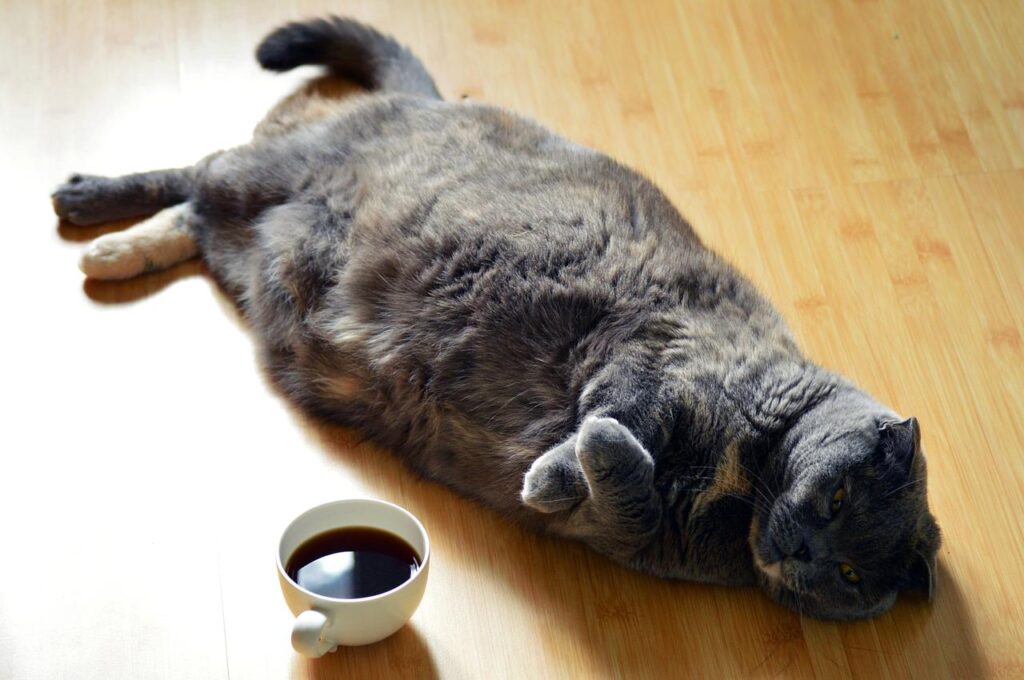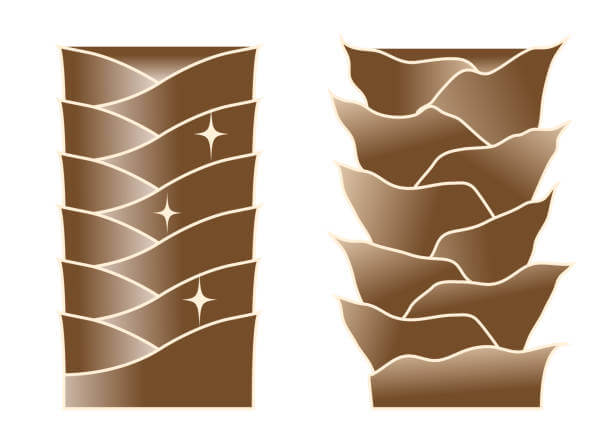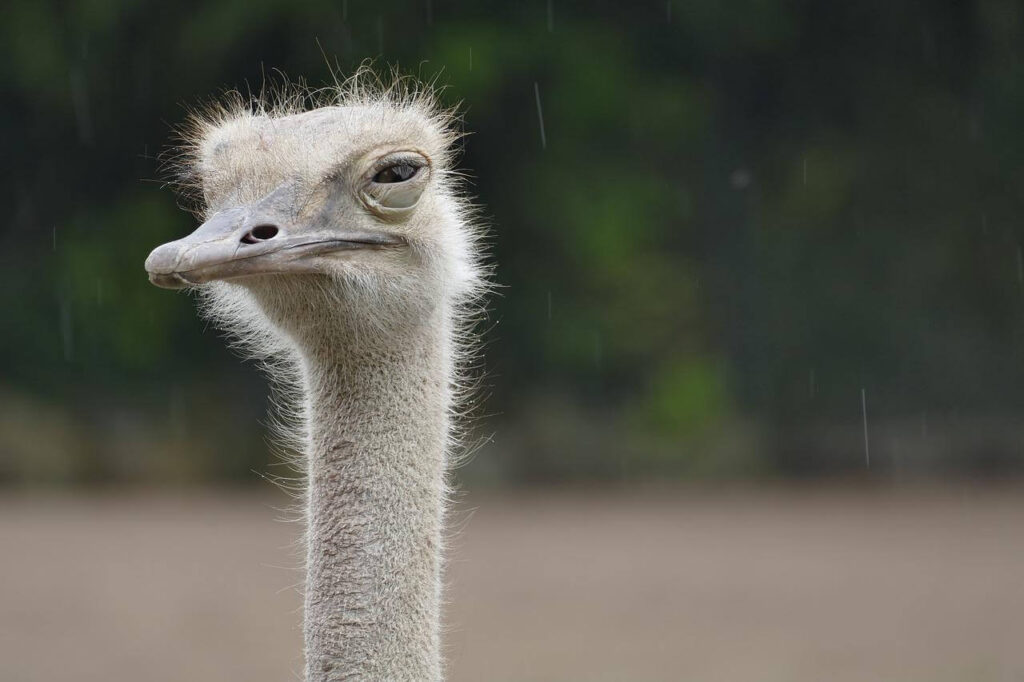Originally featured on Belle Kalista Beauty 12/2020
Hello everyone, I’m back to talk about my hair some more. (Don’t worry, this is about your hair too, I promise.) My journey to healthy, cascading Mermaid Hair has been full of stops, starts, and struggles, much like my journey through adulthood in general.

As I’ve mentioned before, I implicitly trust Tracy Robey of fanserviced-b. I’ve learned that if her hair, skin and nails like something, then mine pretty much certainly will too. Five years in, and she’s never let me down (No pressure, Tracy). So naturally, when she posted an Instagram story about how much her hair loved lamellar water, I shamelessly switched to my Amazon app and Prime-shipped a bottle to myself that exact same minute. I regret nothing.
My hair is curly, dry, fine, color-treated and pickier than my toddler niece, so finding anything that makes it more manageable without making it feel heavy or greasy is wildly difficult. That being said…lamellar water is seriously some kind of sorcery. Not only does it work, but it works reliably.
Nothing on the packaging indicates how or why it magically transforms my hair every time I use it, but naturally, my curiosity was piqued. So today, I’m going to share what I’ve learned so that you can see why you need to add this step to your wash days, too.
Lamellar Haircare: No Seriously, What IS It?
You’d think that this would be a pretty straightforward question, but I had to do a surprising amount of digging through marketing jargon to get to anything useful. Even then, I still had to put on my Science Hat and go spelunking into chemistry, biology and ingredient lists to get a better idea of how and why lamellar waters make your hair so soft and shiny.
The term “lamellar” is actually the biggest key to understanding these treatments. The word “lamella” (plural: lamellae) means “a thin layer or plate.”
So, when we’re talking about haircare, the magic of lamellar waters is in their ability to deposit very thin “plates” of strengthening and nourishing ingredients into damaged strands.
For an easy-to-visualize example, lamellar armor is made up of thin plates that are laced together. Laminar armor follows the same concept, but the plates usually overlap. You can think of lamellar haircare as creating these ultra-fine armor plates on your strands.
How Lamellar Waters Work
Okay, now that we know a little bit more about the concept, we can talk about the hair-specific sorcery that I know you’re actually here for!
Each strand of your hair is covered in a cuticle layer, which is actually lamellar in a sense. The cuticle is made up of thin, overlapping “plates” of cells. When hair is healthy, those plates lay smooth and flat, and your hair is soft, shiny and easy to manage (The armor pictures I linked above are good visuals for a healthy hair cuticle). When hair is damaged, those protective plates are lifted or fragmented in a way that makes your hair dry, frizzy, rough, dull and prone to breakage. It’s pretty normal for everyone to have some level of damage!

Lamellar waters work by depositing beneficial ingredients like proteins, vitamins and minerals in order to “fill in” that surface-level damage. This isn’t a deep, more permanent fix like Olaplex, but it’s a super quick and effective temporary fix. It’s kind of like putting a nail-strengthening gloss on your nails. The damage is still there, but the gloss fills in any bumps or ridges and protects your nails from getting more damaged in the meantime.
Can Anybody Use Lamellar Water?
As far as I can tell, pretty much any hair type can benefit from lamellar waters! It’s safe for curly and color-treated hair because it doesn’t have any sulfates or silicones. It’s literally water-textured, so it doesn’t weigh down fine hair. If you have very thick or coarse hair, you might have to use more product than other hair types, but it can still deliver noticeable smoothness.
The only unfortunate thing that I’ve noticed is that all of the popular lamellar treatments have lots of fragrance ingredients like limonene, linalool, geraniol and citronellol, which are pretty well-known sensitizers!
How Do I Choose a Lamellar Water?
My experience with lamellar water is limited to the L’oreal Elvive 8 Second Wonder Water. It’s cheap and effective, so I haven’t tried the pricier options like Kerastase K Water or Redken Lamellar Water.
Spoiler Alert: Most lamellar water formulas are VERY similar, so you don’t have to splurge on pricy ones right away.
Each has a couple of ingredients that are unique to the formula, but overall, they’re overwhelmingly the same. The Kerastase K Water contains more protein than the others, the L’oreal Wonder Water contains more amino acids, and the Redken has centella asiatica. Aside from these differences, they all have the same essential nourishing and conditioning ingredients that help to fill in your damaged cuticle and deliver sleek, shiny hair.
Basically, I recommend starting with the Wonder Water unless you know your hair is in need of a hefty shot of protein, in which case, maybe try the Kerastase first. I’m not super impressed by the Redken formula overall, but if you like it, let me know why!
Okay, Now How Do I Use Lamellar Water?
I was skeptical when I read the instructions on my Wonder Water bottle that said I could rinse it out after eight seconds. I scoffed. There’s no way my super damaged hair only needs eight seconds.

Joke’s on me; I DID only need eight seconds. Or however long it took for me to coat my hair and rub it in. Probably more like 20 seconds, but whatever. This really is a “massage it in and then rinse it out” step. You don’t have to wait forever like you do with regular hair masks or conditioners.
I’ve read some product info that says you don’t need conditioner after this step, but that’s not quite true. I’ve tried it with and without conditioner, and, while my hair is definitely still much softer and more manageable either way, I’ve found that it’s definitely better to follow up with your normal conditioner.
So, your in-shower routine would look like this:
- Shampoo
- Rinse
- Lamellar water
- Rinse
- Conditioner
I hate how tedious wash days are for me, so I love how quick and easy the lamellar step is!
Spread the Lamellar Love
I had very low expectations when it came to lamellar waters because they just sounded too good to be true. I’m always happy to be wrong about these types of things though, and now lamellar water is a holy grail staple of my wash day routine.
I’ve gone through probably six bottles of L’oreal Wonder Water, and I have no plans on stopping. Have you tried lamellar water? What did you think? Tell me about it in the comments!